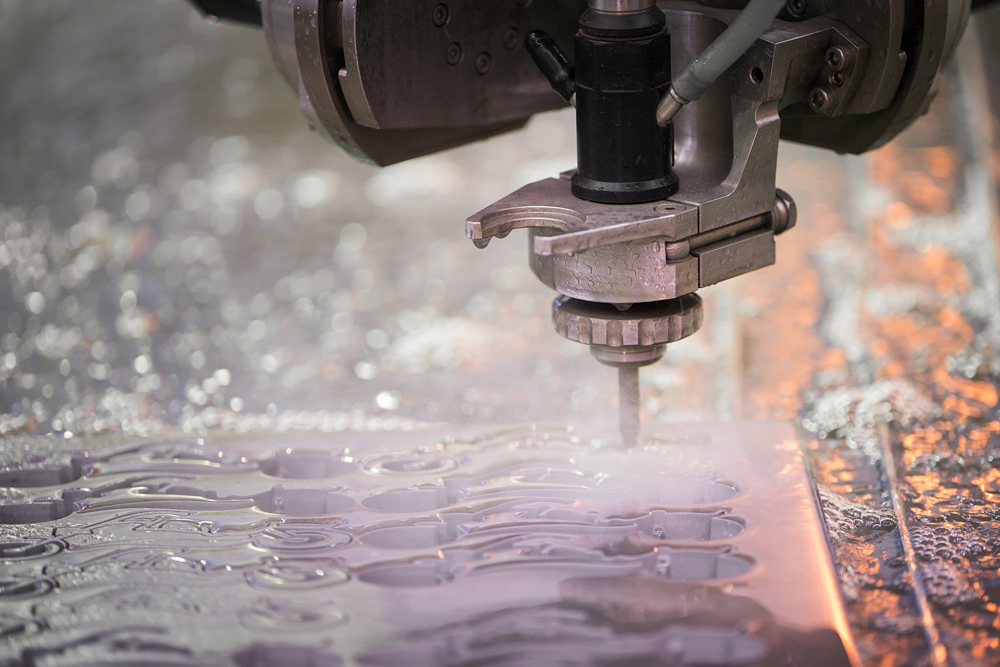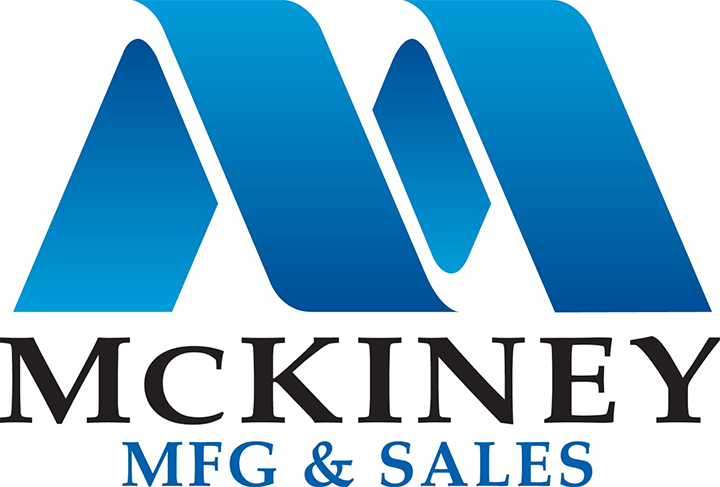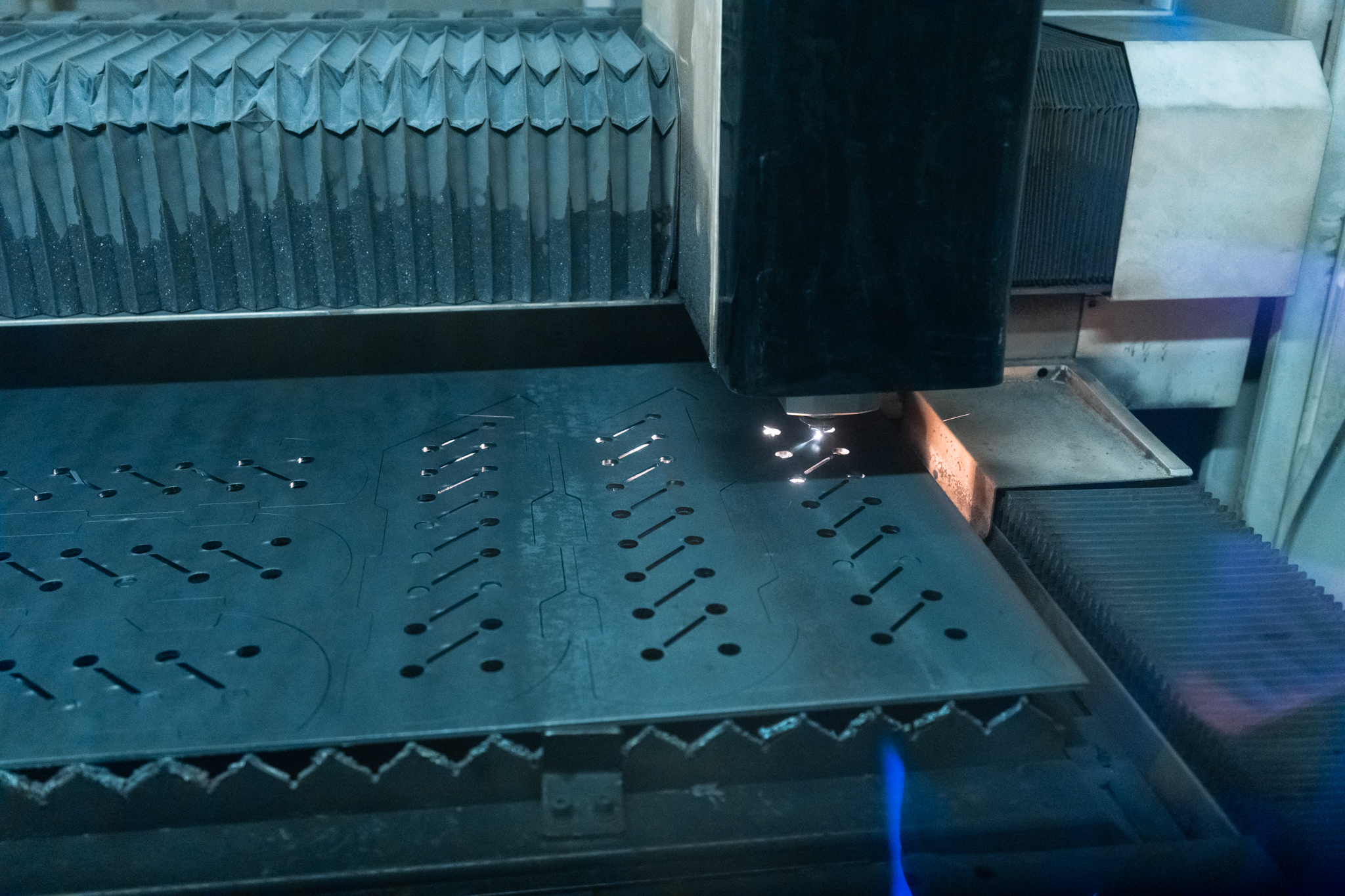Carbon fiber has revolutionized various industries, from aerospace to sports equipment manufacturing. However, when it comes to cutting this advanced material, the suitability of laser cutting comes into question. The use of fiber lasers, known for their precision and efficiency with a variety of materials, presents unique challenges when applied to carbon fiber.
Fiber laser cutters are generally not recommended for cutting carbon fiber materials for these four reasons, among others.
Heat Damage
Carbon fiber is a composite material, typically consisting of carbon fibers reinforced with a polymer. Fiber lasers produce a high amount of heat, which can damage the polymer matrix in carbon fiber. This heat can degrade the resin and cause it to burn, which not only affects the integrity of the material but can also release harmful fumes.
Reflectivity and Conductivity
Laser cutters, particularly fiber lasers, demonstrate remarkable efficiency in cutting various materials, including reflective metals, where they hold an advantage over CO2 lasers. However, when working with certain materials like carbon fiber, which is known for its electrical conductivity and somewhat reflective nature, the efficiency of laser cutters varies—which can lead to inconsistent cutting results.
Cut Quality
The heat generated by a fiber laser can lead to a poor-quality cut in carbon fiber, with issues like fraying, delamination (where the layers of the composite start to separate), and a burnt or damaged cutting area. The precision and clean finish sought in carbon fiber products are hard to achieve with fiber laser cutting, and can instead be achieved by heatless cutting methods like CNC waterjet cutting.
Health / Safety Risks
Cutting carbon fiber with a laser can produce airborne particles and toxic fumes. Without proper ventilation and safety measures, this can pose significant health risks.
Fiber Lasers vs. CO2 Lasers
Even when considering a fiber laser as opposed to a CO2 laser, the challenges regarding cutting carbon fiber materials still remain. Fiber lasers, despite their advantages over CO2 lasers, still present similar issues when used on carbon fiber composites.
They both generate a significant amount of heat that can damage the resin matrix of carbon fiber composites, leading to burning, degradation of the material, and potential delamination. The risks associated with airborne particles and toxic fumes are also present regardless of the type of laser used.
Although fiber lasers offer advantages over CO2 lasers in many applications, especially in cutting metals, they may not be the optimal choice for cutting carbon fiber materials.
CNC Waterjet Cutting: Alternative for Cutting Carbon Fiber
The best way to cut carbon fiber is with a CNC Waterjet. Waterjet cutting is preferred for cutting carbon fiber because of its ability to produce clean cuts on a variety of thicknesses, ensuring the integrity of the material without the heat damage associated with laser cutting.
CNC waterjet cutting works by directing high-pressure jets of water and an abrasive substance in order to cut materials, making this cutting method suitable for a wide range of composites, including carbon fiber. The waterjet cutter’s nozzle focuses water into a high-pressure stream (50,000 PSI) to cut a variety of semi-soft materials such as rubber, foam, or wood. Abrasive granular substances are added to the jet in order to cut harder materials like aluminum and sheet metal.
At McKiney Manufacturing, our waterjet cutting specialists use OMAX abrasive waterjet technology to provide complex cutting of virtually any material. We offer low-volume prototypes to high-volume production runs. Our process allows us to utilize nesting programs to maximize production and minimize material waste.
When working with carbon fiber, we consider the specific properties of the material and choose a cutting method that maintains the integrity of the composite while also ensuring the safety of the operators.
Get a Quote on Custom Cut Parts
McKiney is a Mitchell, Nebraska-based manufacturer. We work with local manufacturers for their waterjet and fiber laser cutting needs and part fabrication. We manufacture products for companies who are located in the Front Range region, Cheyenne, WY, Rapid City, SD, Kansas City, MO, Omaha, NE, and throughout the United States.


